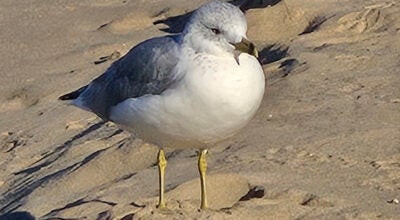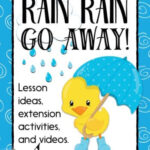This morning, a childhood melody drifted back, placing me squarely in elementary school music class. I could almost feel the hot sun streaming through the tall windows as we lined up, ready for our weekly dose of musical education. Some lucky classmates would get instruments – triangles, kazoos – to create a joyful, if slightly chaotic, soundscape. The rest of us were tasked with singing, learning tunes that, in retrospect, held more depth than we could have possibly understood at the time. Among these songs, one in particular stands out in my memory: “Jimmy Crack Corn.”
We sang it with gusto, lines like “Jimmy crack corn, and I don’t care” echoing through the classroom. As children, the lyrics were nonsensical, almost liberating in their carefree attitude. Who was Jimmy? Why was he cracking corn? And what did any of it have to do with a blue-tail fly? These questions floated in the air, unanswered and largely unconsidered. We were children; the rhythm and rhyme were enough.
However, revisiting “Jimmy Crack Corn” as an adult reveals a history far more complex and poignant than our innocent childhood rendition suggested. What seemed like a simple, silly song is actually rooted in the deeply troubling history of slavery in America. Popularized in the 1840s, the song, also known as “Blue Tail Fly,” has undergone numerous adaptations, shedding some of its more overtly offensive language over time. Yet, at its core, the narrative remains a stark reflection of the power dynamics and harsh realities of slavery.
The lyrics tell a story from the perspective of a servant, or more accurately, a slave, tasked with attending to the master during meals and leisure. A persistent blue-tail fly becomes a recurring annoyance to the master. The servant’s duties include shooing away this fly while the master eats, sleeps, and even rides his pony. One fateful afternoon, the pony, agitated by a swarm of flies, throws the master into a ditch, leading to his death.
In a darkly ironic twist, the song suggests the servant is put on trial for the master’s death. However, the jury concludes that the blue-tail fly, not the servant, is to blame. The master is buried under a persimmon tree, his epitaph wryly stating his demise was “by the means of the blue-tail fly.” With the master gone, the servant’s reaction is not sorrow but a quiet sense of grim satisfaction, encapsulated in the lines, “let him rest… all things are for the best.”
And then there’s Jimmy and his cracked corn. The line “Jimmy crack corn, and I don’t care” is the song’s most memorable and arguably most misunderstood phrase. Research suggests the original lyric was likely “Give me cracked corn, and I don’t care.” This interpretation paints a picture of punishment. Cracked corn, typically used as animal feed, becomes the slave’s meager sustenance in the wake of the master’s death. Yet, the slave, knowing his innocence and perhaps finding a sense of liberation in the master’s demise, declares “I don’t care.” This defiant indifference, born from oppression, is masked within the seemingly lighthearted tune.
[  A serene lake scene at dawn, featuring a small boat gently gliding across the calm water, with soft sunlight filtering through the mist. ]
A serene lake scene at dawn, featuring a small boat gently gliding across the calm water, with soft sunlight filtering through the mist. ]
The fact that this song, with its roots in slavery and themes of oppression and veiled defiance, was sung in elementary school classrooms raises a significant question: what were the intentions of those who included it in our music curriculum? Teaching children about history, even the difficult parts, is crucial. However, presenting “Jimmy Crack Corn” without context, without exploring its origins and the harsh realities it hints at, risks trivializing a painful chapter of history.
Perhaps the intention was simply to share a piece of American folk music, a song that has permeated culture for generations. However, the seemingly innocuous nature of the melody can mask the song’s deeper, more unsettling layers. While we sang about spiders climbing waterspouts and twinkling stars, “Jimmy Crack Corn” offered a glimpse, however obscured, into a far darker world.
[  A lone seagull perched on a wooden post against a blurred coastal backdrop, with soft sunlight illuminating its white feathers. ]
A lone seagull perched on a wooden post against a blurred coastal backdrop, with soft sunlight illuminating its white feathers. ]
In conclusion, “Jimmy Crack Corn” is far more than just a catchy children’s song. It’s a piece of American history, a folk song with roots in slavery that speaks to themes of oppression, survival, and subtle resistance. While the innocent melodies may linger from childhood music classes, understanding the song’s true context allows for a deeper appreciation of its complex narrative and its place in American musical history. So, the next time you hear “Jimmy crack corn,” take a moment to consider the story behind the tune – a story that is far from carefree and deeply embedded in the realities of the past.


